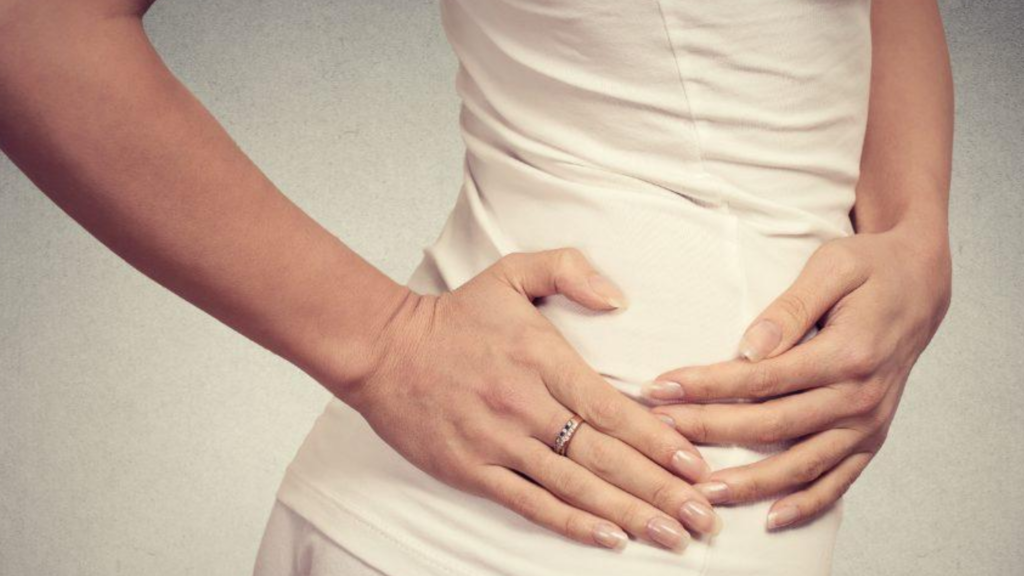Trochanteric bursitis, commonly known as hip bursitis, presents with pain on the side of the hip, often spreading down the outside of the thigh.
It tends to be associated with periods of over-use, resulting in inflammation and pain aggravated by movement of the hip.
There are many bursa in the body. These small fluid-filled sacs are positioned in areas where bone and soft tissues could rub. They act to reduce friction between the structures.
What causes trochanteric bursitis?
- Injury to the point of the hip. This can include falling onto the hip, bumping the hip into an object, or lying on one side of the body for an extended period.
- Play or work activities that cause overuse or injury to the joint areas. Such activities might include running up stairs, climbing, or standing for long periods of time.
- Incorrect posture. This condition can be caused by scoliosis, arthritis of the lumbar (lower) spine, and other spine problems.
- Stress on the soft tissues as a result of an abnormal or poorly positioned joint or bone (such as leg length differences or arthritis in a joint).
- Other diseases or conditions. These may include rheumatoid arthritis, gout, psoriasis, thyroid disease or an unusual drug reaction. In rare cases, bursitis can result from infection.
- Previous surgery around the hip or prosthetic implants in the hip.
Increased activity, muscular tightness, and poor biomechanics can all contribute to bursitis, so it is important that all of these factors are investigated to understand the cause of the inflammation. Perhaps you recently went on a hiking holiday or took up jogging. Maybe you started a new team sport, or perhaps had a fall, landing on the area.
What are the symptoms of trochanteric bursitis?
Trochanteric bursitis typically causes the following symptoms:
Pain on the outside of the hip and thigh or in the buttock.
Pain when lying on the affected side.
Pain when you press in or on the outside of the hip.
Pain that gets worse during activities such as getting up from a deep chair or getting out of a car.
Pain with walking up stairs.
How is trochanteric bursitis treated?
Treatment goals include reducing pain and inflammation (swelling), preserving mobility, and preventing disability and recurrence.
Treatment recommendations may include a combination of rest, splints, heat and cold application.
Treating your bursitis needs to begin with reducing those activities that provoke your pain. You may need to find other ways to exercise during this period. Some people will require a walking aid for a short period of time to reduce the effort placed on their hip.
Work with your physiotherapist to establish goals for your rehabilitation. This will ensure your recovery will carry you through to get you back doing what you love most.
You may be given exercises to stretch the tissues contributing to your irritation, such as those around your buttocks, hips, and thighs. In order to improve the efficiency with which your muscles work as a team, strengthening exercises may be added to your programme and custom orthotics.
Balance and control work can help to improve the efficiency with which you use your body, reducing the unnecessary load on certain areas.
How do you prevent trochanteric bursitis?
Because most cases of bursitis are caused by overuse, the best treatment is prevention. It is important to avoid or modify the activities that cause the problem. Underlying conditions such as leg length differences, improper posture, or poor technique in sports or work must be corrected.
Apply these basic rules when performing activities:
Take it slow at first and gradually build up your activity level.
Use limited force and limited repetitions.
Stop if unusual pain occurs.
Some tips:
Avoid repetitive activities that put stress on the hips.
Lose weight if you need to.
Get a properly fitting shoe insert for leg length differences.
Maintain the strength and flexibility of the hip muscles.
Use a walking cane or crutches for a week or more when needed.


